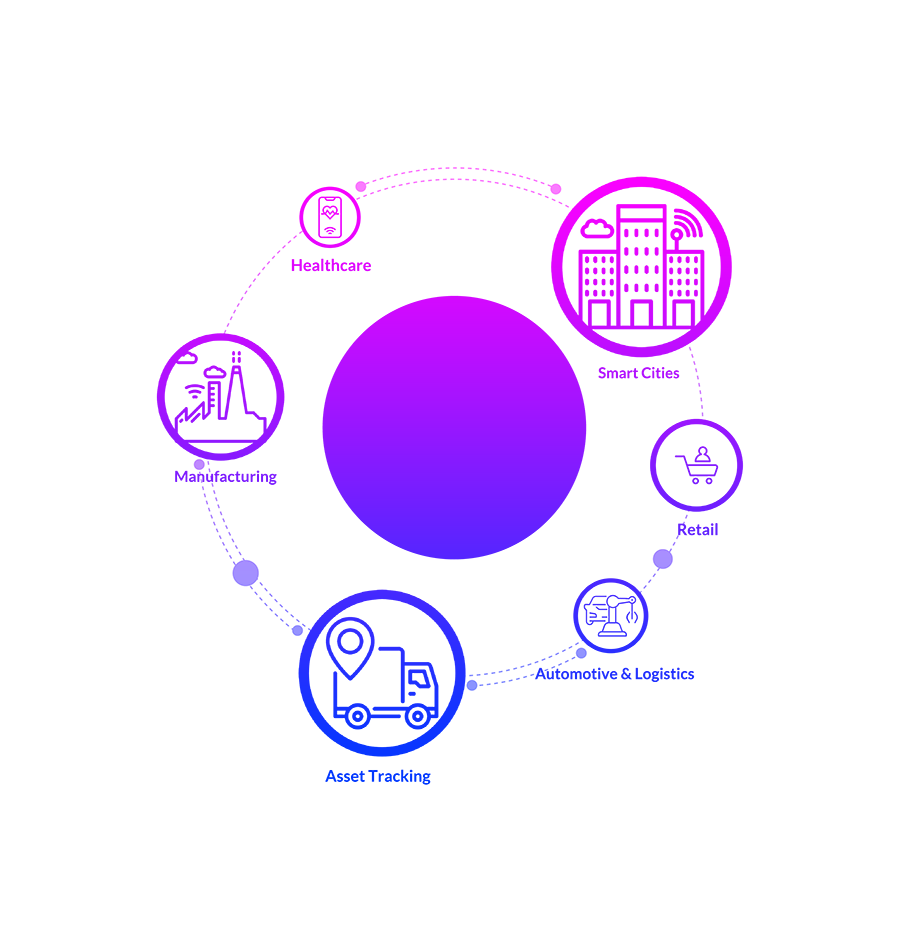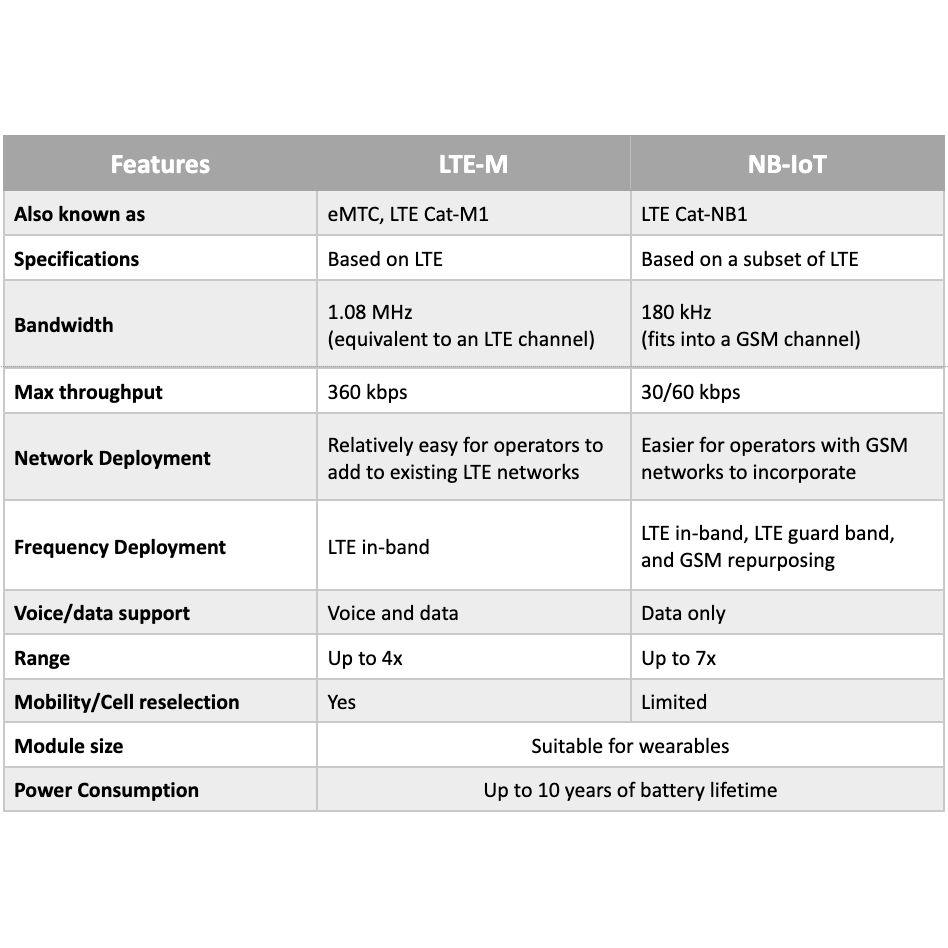What is CATM and NB-IOT?


Learn about LP-WAN
What is NB-IoT?
Narrow Band-Internet of Things (NB-IoT) is a standards-based, low power wide area (LPWA) technology developed to enable a wide range of new IoT devices and services. NB-IoT significantly improves the power consumption of user devices, system capacity and spectrum efficiency, especially in deep coverage.
What is LTE-M?
LTE-M (LTE-MTC [Machine Type Communication]), which includes eMTC (enhanced Machine Type Communication), is a type of low power wide area network (LPWAN) radio technology standard developed by 3GPP to enable a wide range of cellular devices and services (specifically, for machine-to-machine and Internet of Things applications). The specification for eMTC (LTE Cat-M1) was frozen in 3GPP Release 13.
The need for NB-IoT & LTE-M
Since the inception of the Internet of Things, the common frequency bands have been 2G/3G/4G/5G. It has and continues to perform an excellent job in the majority of circumstances, particularly when a multi-network SIM card is utilised.
However, there are obvious issues for some use cases, particularly during crowded events when local cell towers become so congested from hundreds of smartphones that they lack extra capacity to transport IoT data.
Even a multi-network SIM card will not always work! In the United Kingdom, all four mobile networks—Vodafone, O2, EE, and Three—may have bandwidth issues. Up until now, the workaround has been to downgrade to 2G or avoid busy frequencies.